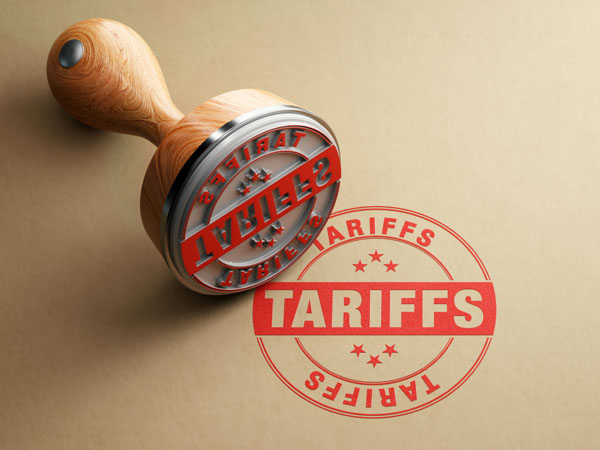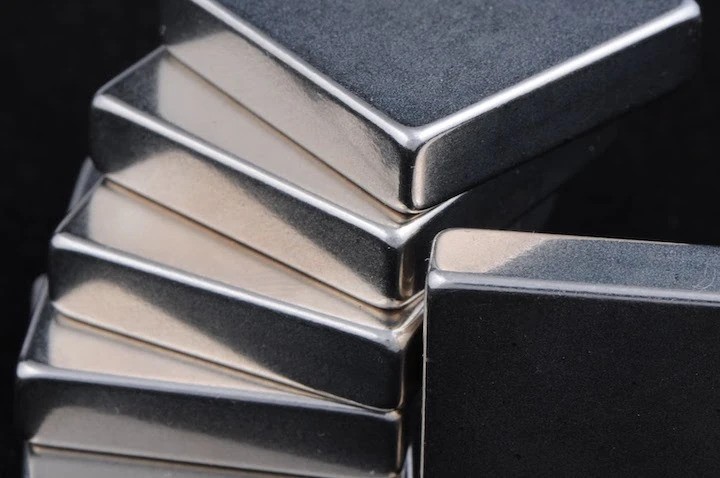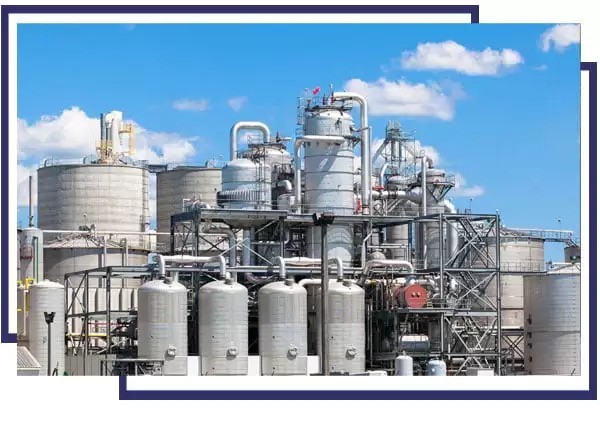





Phone
+86-731-82250427
Address
25th floor, C3 Building, Wanda Plaza, Kaifu District, Changsha, Hunan Province, China.
 May 24 2023
May 24 20231. 304 stainless steel. It is one of the most widely used austenitic stainless steels. It is suitable for the manufacture of deep-drawing forming parts and acid pipes, containers, structural parts, various instrument bodies, etc. It can also manufacture non-magnetic, low-temperature equipment and part.
2. 304L stainless steel. The ultra-low carbon austenitic stainless steel developed to solve the serious intergranular corrosion tendency of 304 stainless steel due to the precipitation of Cr23C6 under certain conditions has significantly better resistance to intergranular corrosion in the sensitized state than that of 304 stainless steel. Except for the slightly lower strength, other properties are the same as 321 stainless steel. It is mainly used for corrosion-resistant equipment and parts that cannot be solid-solution treated after welding, and can be used to manufacture various instrument bodies.
3. 304H stainless steel. The internal branch of 304 stainless steel has a carbon mass fraction of 0.04%-0.10%, and its high temperature performance is better than that of 304 stainless steel.
4. 316 stainless steel. Molybdenum is added to the 10Cr18Ni12 steel to make the steel have good resistance to reducing media and pitting corrosion. In seawater and other various media, the corrosion resistance is better than 304 stainless steel, mainly used for pitting corrosion resistant materials.
5. 316L stainless steel. Ultra-low carbon steel has good resistance to intergranular corrosion in the sensitized state, and is suitable for the manufacture of welded parts and equipment with thick cross-section dimensions, such as corrosion-resistant materials in petrochemical equipment.
6. 316H stainless steel. The internal branch of 316 stainless steel has a carbon mass fraction of 0.04%-0.10%, and its high temperature performance is better than that of 316 stainless steel.
7. 317 stainless steel. The resistance to pitting and creep is better than that of 316L stainless steel. It is used to manufacture petrochemical and organic acid resistant equipment.
8. 321 stainless steel. Titanium-stabilized austenitic stainless steel, adding titanium to improve intergranular corrosion resistance, and has good high-temperature mechanical properties, which can be replaced by ultra-low carbon austenitic stainless steel. Except for special occasions such as high temperature or hydrogen corrosion resistance, it is generally not recommended to use.
9, 347 stainless steel. Niobium-stabilized austenitic stainless steel. Adding niobium to improve intergranular corrosion resistance. The corrosion resistance in acid, alkali, salt and other corrosive media is the same as that of 321 stainless steel. The welding performance is good. It can be used as a corrosion-resistant material and can be used as a corrosion-resistant material. Hot steel is mainly used in thermal power and petrochemical fields, such as making vessels, pipes, heat exchangers, shafts, furnace tubes in industrial furnaces, and furnace tube thermometers.
10. 904L stainless steel. Super completely austenitic stainless steel is a kind of super austenitic stainless steel invented by Finland Outokumpu (OUTOKUMPU). Its nickel mass fraction is 24% to 26%, carbon mass fraction is less than 0.02%, and it has excellent corrosion resistance. It has good corrosion resistance in non-oxidizing acids such as sulfuric acid, acetic acid, formic acid, and phosphoric acid, as well as good crevice corrosion and stress corrosion resistance. It is suitable for sulfuric acid of various concentrations below 70°C, and has good corrosion resistance in acetic acid at any concentration and any temperature under normal pressure and in the mixed acid of formic acid and acetic acid. The original standard ASMESB-625 classifies it as nickel-based alloy, and the new standard classifies it as stainless steel. China only has similar grades of 015Cr19Ni26Mo5Cu2 steel. A few European instrument manufacturers use 904L stainless steel as the key material. For example, the measuring tube of E+H mass flowmeter uses 904L stainless steel, and the case of Rolex watches also uses 904L stainless steel.
11. 440C stainless steel. Martensitic stainless steel has the highest hardness among hardenable stainless steel and stainless steel, with a hardness of HRC57. Mainly used to make nozzles, bearings, valve cores, valve seats, sleeves, valve stems, etc.
12. 17-4PH stainless steel. Martensitic precipitation hardening stainless steel with a hardness of HRC44 has high strength, hardness and corrosion resistance, and cannot be used at temperatures higher than 300°C. It has good corrosion resistance to the atmosphere and diluted acid or salt. Its corrosion resistance is the same as 304 stainless steel and 430 stainless steel. It is used to manufacture offshore platforms, turbine blades, valve cores, valve seats, sleeves, and valve stems. Wait.
In the instrument profession, combined with versatility and cost issues, the conventional austenitic stainless steel selection order is 304-304L-316-316L-317-321-347-904L stainless steel, of which 317 is less used, 321 is not recommended, and 347 is used In terms of high temperature and corrosion resistance, 904L is only the default material for some components of individual manufacturers, and 904L is generally not actively selected in the design.
In the design and selection of instruments, there are usually occasions where the material of the instrument is different from the material of the pipe, especially in high-temperature conditions. It is necessary to pay special attention to whether the choice of the instrument material meets the design temperature and design pressure of the process equipment or pipeline, such as pipeline For high-temperature chromium-molybdenum steel, and stainless steel is selected for the instrument, there may be a problem at this time. You must consult the temperature and pressure gauge of the relevant material.
In the instrument design and selection, various systems, series, and grades of stainless steel are often encountered. The selection should be based on the specific process medium, temperature, pressure, stressed parts, corrosion, cost and other aspects.
